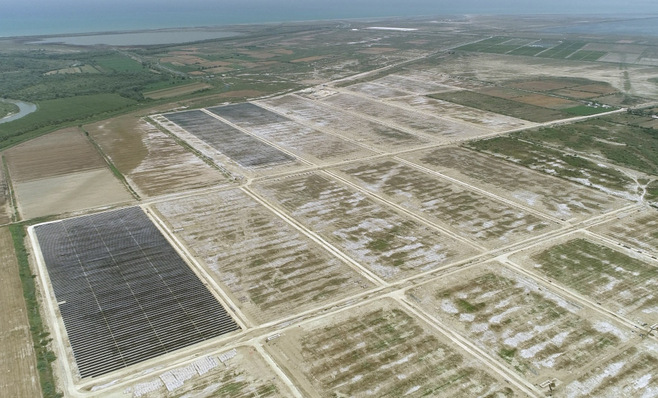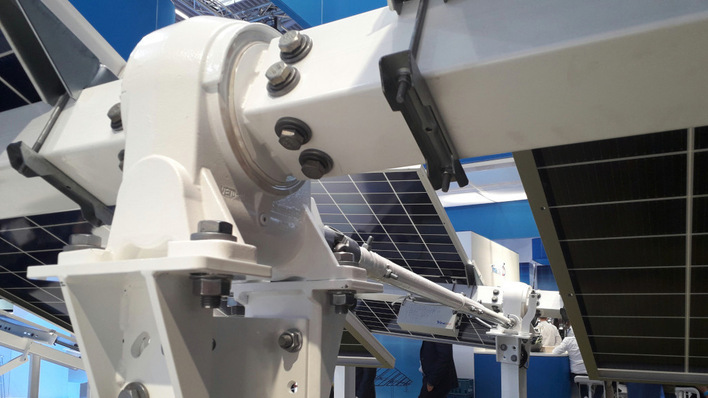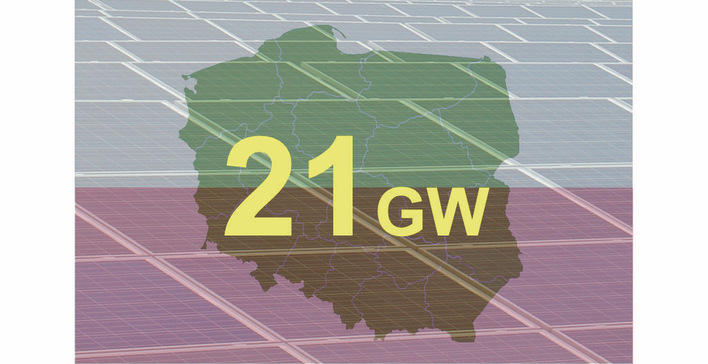The market analysts of IHS have been paying close attention to the solar sector for years. In late May, just ahead of the Intersolar in Munich, they published the latest figures for the inverter industry. These show that the industry leader, SMA from Niesetal near Kassel, continues to be ahead of the game. But a Chinese manufacturer, Huawei, is catching up to them. In 2016, Huawei sold significantly more units than SMA, albeit at lower proceeds.
The price struggle is uncompromising
No surprise, as they are uncompromising in the price struggle. Similar to LG or Samsung, Huawei is a quite diversified electronics group. So far, the company concentrated on manufacturing very cost effective string inverters for larger, mostly commercial-scale installations. Solar parks have also been equipped with power electronics made by Huawei. In this respect, the group have been profiting from the burgeoning market at home: Any additions in capacity in China have almost exclusively been in large-scale, grid-connected solar parks. On the other hand, SMA does not stand a chance in China.
A second Chinese manufacturer, Sungrow, is also gaining ground. And Sungrow have also been concentrating on very inexpensive and very simple inverters for feed-in PV. Again, that should not be surprising, since there is practically no market in China for private PV. Small-scale rooftop solar on private homes are extremely rare. Most people simply lack the financial means – and it would also go against the intentions of the central government of keeping the people in line, i.e. connected to the national grid.
Almost no domestic market for end customers
Going it alone without the state and the Party just is not done in China. The emperors have been ruling this massive empire with an iron fist for five thousand years. All land has traditionally been the property of the emperor in Beijing, represented by the state and its officials. This continued to be the case under Mao Zedong. Even as Deng Xiaoping slowly began opening the Chinese economy to the West, this policy remained sacrosanct.
And that explains why, for example, Chinese storage manufacturers also have as good as no domestic market for small, privately owned batteries. So, with that in mind, it is almost sensational to see Huawei present their first self-consumption system in Munich. After all, in this complex market segment it is not sufficient to just manufacture products as inexpensively as possible. The key to success here is to provide intelligent systems with many interfaces and additional extras. There cannot be issues with electromagnetic compatibility or system security.
Huawei takes the leap
Huawei dared to take that leap and the result is the Huawei FusionHome Smart Energy Solution that realises four key functions as a plug-and-play solution. These include the optimisation of energy flows and of self-consumption as well as storage of solar power and integration in smart home systems. Huawei also brought a small inverter with them to Munich that simplifies the configuration of solar strings.
In doing so, Huawei is following an approach pioneered and in the meantime quite successfully applied, primarily in Europe and the US, by Solaredge from Israel. After SMA and Huawei, Solaredge is now the third-largest manufacturer of inverters in the world. Their new HD Wave is the most compact unit currently on the market. Storedge, the hybrid inverter can integrate high-voltage batteries, albeit requiring a DC optimiser in the string side in order to define the input voltages into the inverter and take care of the maximum power point tracking.
Intelligent and simple integration
But the Chinese are taking things much further: Huawei’s unit makes it possible to combine standard and optimised strings; this inverter is able to accept either system. Furthermore, individual solar panels liable to shading can be fitted with optimisers and integrated into a string of conventional panels. The Smart Inverter has two inputs for both the strings and the MPP tracking.
Integrating the metre, batteries, consumers and sensors into the system as well as at the feed-in point happens via RS485 or Wi-Fi and is controlled by the inverter. It is at the heart of this intelligent solution and much brain power by Huawei engineers was invested to make it that way. The Chinese have proven for the first time that they are capable of more than simply converting DC solar power into AC solar power and feeding it into the grid.
Surprisingly powerful for such a dwarf
The so-called Smart Inverter is designed to be surprisingly compact and flat. Despite its output of five kilowatts, it has a volume of as little as 198 litres and weighs just 11 kilograms. This dwarf achieves 98 percent efficiency. It no longer requires a separate inverter and controlling the battery is also already integrated into the hybrid inverter. The data is handled by an app – as is common these days, at least in the market for private end customers.
Huawei promises their customers that the new system will take the amount being fed into the grid down to zero. It is possible to use the battery for emergency power as well as taking electricity from the grid, e.g. at night.
The new system is available worldwide. A possible storage battery could be LG Chem’s Resu. Shipping to Europe, Australia and China will start in the third quarter of this year. The US market will receive the system in the fourth quarter. (Heiko Schwarzburger)
Stay informed, get our free newsletter twice a week. Register here: http://www.pveurope.eu/Newsletter
To get deeper into business, read:
Learn more about solar modules







